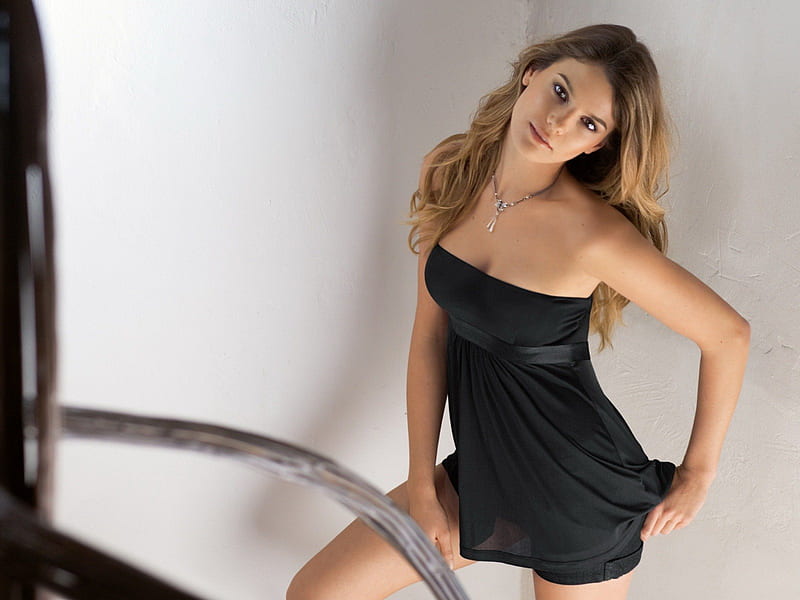Physiotherapy can be instrumental in helping to relieve chronic pain, whether its pain caused from an ongoing injury or illness, there are vast techniques available to help manage and relieve pain.
There are many physiotherapy methods available in Cambridge, the most natural and beneficial of those methods is ‘Trigger Point Therapy’. What is trigger point therapy and what is a ‘trigger point’? A trigger point is muscle knot or tight muscle which can cause pain in other areas in the body.

Trigger point therapy involves using pressure and release movements on the tissue to relax the muscle. This therapy can also be described as soft-tissue management. When muscles get tight they cease to function proficiently, leading to restricted circulation, tenderness and constrained mobility.
When a back muscle gets tight is can lead to pain felt in the neck, which can lead to pain in the head. The pain doesn’t originate from the head, but is being manifested from the pain generating from the neck that is being caused from the muscle tightness within the area surrounding the back.
In other words the root cause of the pain within the head and neck area is the tightness in the back muscles. To relieve the pain in the head and neck a technique called ‘trigger therapy’ is used. The trigger, or the tightness a specific back muscle is massaged using isolated pressure and release movements by the therapist’s hands as the patient uses deep breathing in accord with the therapist’s pressure and release.
Unlike physiotherapy methods such as osteopathy or chiropractic, both of which focus on the skeletal structure, trigger point therapy focuses on the soft tissue such as muscles.
Trigger point therapy is considered a branch of alternative medicine that dates back as far as 1941 in Western medicine. It is similar to the ancient Oriental practice of acupuncture, without resorting to inserting needles into pressure points within the body. A good alternative for those who are afraid of needles! Instead of using needles, pressure using the fingers and hands are used to massage and relax the offending muscle tightness.
American President John F. Kennedy, who had been suffering from immense back pain due to invasive back surgeries, was facing a potential end to his presidency was treated with trigger point therapy. The physiotherapy use of the trigger point method brought him relief and gave him the ability to continue serving as President until his assassination in November of 1963.
Although as mentioned, trigger point therapy falls under the guise of ‘alternative medicine, it has been widely used throughout the globe to bring much needed relief from chronic pain as well as pain experienced from sports injuries.
Who can benefit from the use of trigger point therapy?
From dancers to those who participate in vigorous sport activities such as soccer, to those who have had the misfortune of an unexpected accident. Most chronic pain can be successfully managed by using this natural method.
Advantages of trigger point therapy include resolving the source of pain at its root cause rather than just treating the symptoms using medication; heightened blood flow and circulation throughout the whole body; relief of stiffness in the muscles; reduced pain; and relief from stress, tightness and muscle pain.
Trigger point therapy releases the constricted areas in the muscle thereby relieving or minimizing the pain. When this method is used on a regular basis it helps to naturally manage pain as well as stress from chronic injuries as well.
For more information visit http://www.physio-cambridge.co.uk or call today on 01223 581 200 or find us at 2 Ely Road, Milton, Cambridge, CB24 6DD













